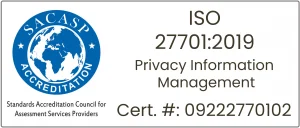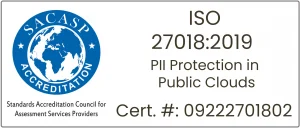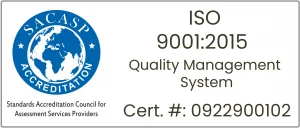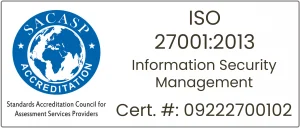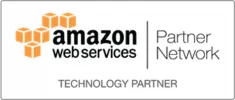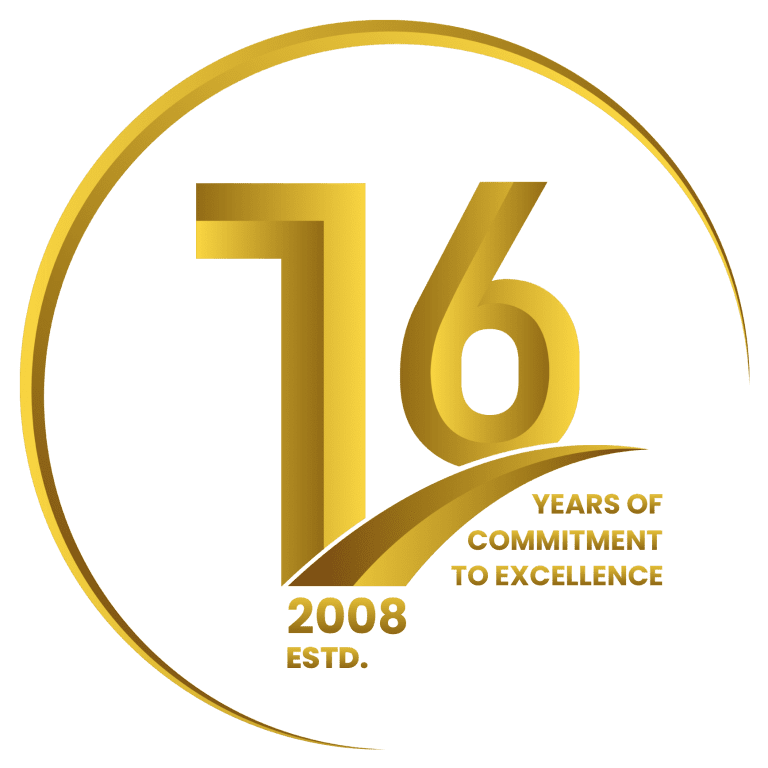What is meant by ISO 20022?
Banks and financial institutions around the world are preparing to transition their payment systems away from SWIFT messages and towards the new, properly structured, and data-rich ISO 20022 financial messaging standard that enables interoperability among financial institutions, market infrastructures, and bank customers.
The IS0 20022 standard encourages the inclusion of better-structured transaction data in payment messages, with the goal of improving the customer experience by allowing for less manual intervention, more accurate compliance processes, higher resilience, and better fraud prevention measures.
By 2025, it will be the universal standard for all reserve currency high-value payments systems, supporting 80% of transaction volumes and 87% of transaction value globally. SWIFT and the European Central Bank have set November 2022 as the standard’s go-live date in Europe.
ISO 20022 and cross-border payments
The ISO 20022 standard will shift how banks communicate cross-border payment instructions. To continue processing payments, all banks must be prepared to handle this new standard, and customers must also be prepared for changes. Some banks have already started to prepare. Others are still falling behind.
Cross-border payments usually involve one bank sending a message to another bank, which then passes the message on to the next bank in the chain – as a result, all banks must be equipped to receive, process, and pass the full ISO 20022 payment data from one counterparty to the next. Otherwise, the chain will be broken, potentially resulting in the loss of vital information. If one bank is perceived as a weak link, others that are better positioned to support a new message format may be bypassed.
The ability of the ISO 20022 standards to enable the provision of additional remittance information, which is critical for reconciliation, as well as improving transparency and traceability, which is a crucial component for automation – something desperately needed in the cross-border payments process, is a critical component of the ISO 20022 standards within cross-border settlements. Adoption of these standards has the potential to revolutionise several real-time payment schemes, including UPI, SEPA (Single Euro Payments Area) Instant Credit Transfer, and the Real-time Payments Network.
Why these ISO 20022 standards are important for Cross Border Payments?
When it comes to initiating financial transactions and reporting financial activity, adhering to the standards, and regulations are critical. An international standard is a method of facilitating seamless integration between service providers and customers, as well as enabling the efficient, consistent, and secure exchange of information.
Large global financial institutions have traditionally developed, approved, and implemented standards without obtaining feedback from other organisations. This has resulted in inconsistency and a lack of customisation, leaving overburdened IT departments to handle on-boarding, testing, and ongoing partner relationships.
The ISO 20022 financial messaging standard was intended to address this by providing a flexible framework that supplies a universally accepted business message syntax, allowing user organisations and developers to exchange transaction information globally using the same message structure, form, and meaning.
Once ISO 20022 standard is put in place, banks can begin utilising the rich data embedded in the ISO 20022 payment message format and sharing this additional information with their customers to provide added insight into each transaction.
The data could also be used to automate KYC (Know Your Customer) and AML (Anti Money Laundering) activities more seamlessly, lowering the risk of fraud. Corporates will undoubtedly expect their banks to be fully prepared from the start, so banks should strive to comply with ISO 20022 payment messages as soon as possible to remain competitive.
What are the benefits of ISO 20022 standards?
- Corporates will be able to reconcile their cross-border transactions more easily by attaching richer data to the payment itself. More data can be analysed and used to improve customer experience.
- Greater interoperability among various payment systems and interfaces because of a common language.
- Cost savings because of setting up consistent, compatible messaging between countries, financial institutions, and individuals.
- Faster payment speeds by cutting holdups, bottlenecks, and uncertainty when making global payments.
- Improved transparency and visibility: Improved visibility and real-time perception of liquidity flows will allow for better forecasting.
- Improved integration and compliance: Improved analytics will result in a tighter compliance process, enhanced security, and fraud prevention.
- Improving STP (Straight Through Processing) rates: By setting up an identical processing format at all stages of the chain, ISO 20022 significantly improves STP rates and lowers maintenance costs for all formats.
- Regulatory and security enhancements: The increased level of detail needed, as well as the implementation of identical standards, protocols, and formats, enable better regulatory reporting, more safe payment information, and customer data to notify business strategy, and streamline security procedures.
- Developing new revenue streams: It enhances liquidity management by enabling new levels of financial communication. It enables the adoption of data analysis solutions and added value services, such as Request to Pay and e-invoicing, that could supply customer insights and generate new revenue streams for banks.
- Standardising non-Latin alphabets: A crucial factor is that the standard will allow for longer non-Latin alphabet references, with a character set ten times larger than MT messages and carrying significantly more information. This is a feature that has received a lot of attention in China.
What do banks need to do - and quickly?
When transitioning to MX message types, banks should concentrate on two key areas. The foremost thing is to equip itself to handle structured party information. The second one is the ability to use all the other information shared via ISO 20022 payment messages, such as invoice details, tax data, supplier information, and so on.
Most banks, particularly those that rely on legacy systems to process cross-border payments, are simply not prepared to support the new structured message formats and associated third-party information. They will be unable to pass on the benefits to their customers unless they modernise their infrastructure.
The legacy systems of banks were designed to store data such as customer addresses in an unstructured manner. Changing this can be extremely difficult. Because ISO 20022 requires the processing of much larger data volumes than traditional legacy formats, bank systems and databases must be capable of processing these larger volumes at a higher velocity for real-time payments, daily cash flow management, compliance checks, and fraud detection and prevention. As per ISO 20022 standard, all parts of the address must be stored in separate fields.
Hence banks must extend all relevant payment-related IT systems and create a more structured version in their Core Banking System and other data sources. This was originally one of the intended requirements of Target2, but the industry-backed away from it because many believed it was too difficult to achieve.
Banks must inform their corporate customers about the other data that may become available and how it will be used. Furthermore, those customers should be sufficiently briefed and included in the end-to-end testing process.
Banks should have the possibility of using the SWIFT translation service. This effectively converts messages from the old format to an ISO 20022 compliant format, allowing the information to be passed on, but banks using this service who are unable to process the messages themselves will be severely limited in their ability to create and deliver value-added insights and services to customers. Access to the rich data available in ISO 20022 payment is critical for banks looking to evolve and offer innovative new services.
Because of the increased interest in developing faster and more affordable cross-border payment infrastructure, there has been a lot of innovation in the space, ranging from traditional payment providers like SWIFT to fintech using blockchain and distributed ledger technology (DLT).
Banks should aim to be ready six months before the ISO 20022 payment message cutover in November 2022. Migration to ISO 20022 is a meaningful change, but it will supply significant competitive advantages for both financial institutions and the corporates, assuming everything is managed properly.
Despite the obstacles to global ISO 20022 implementation, it is important to note that the movement to ISO 20022 has been positive, and instant payments are expected to gain traction and market share in the future. Furthermore, in addition to supplying significant potential for cross-border settlements, the ISO20022 standard is likely to improve efficiency gains in other areas, such as domestic and cross-border B2B payments and P2P payments.
Macro Global works very closely in ISO 20022 landscape to bring cross-border payments into the modern era. Learn more about our NetRemit – Cross Border Payment Suite and how our NetRemit is influencing the future of payments.

